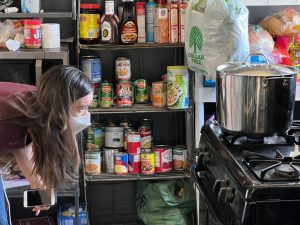
A new study on veterans, gun storage and suicidal thoughts points to an urgent need for mental health and substance-related services, according to researchers. The study from the UCLA Center for Health Policy Research found that about 1 in 7 veterans with a firearm at home in California had thought about suicide. “Suicide by firearm is the leading cause of suicide death among veterans,” said the center’s director, Ninez Ponce, principal investigator of the California Health Interview Survey (CHIS). “Creating programs that would facilitate the secure storage of guns is a critical first step toward ensuring the safety of those struggling with thoughts of suicide, especially California veterans,” she said in a center news release. Researchers used data from the 2021 CHIS survey to better understand the issue. They found that 38% of vets in California lived in a home with a firearm, and about 36% of them stored at least one gun unlocked. About 14% reported that at least one gun was stored loaded and unlocked — about double the number among nonveterans. About 14% of California vets said they had seriously considered suicide at some point. In all, just over 18% of veterans who had had suicidal thoughts currently had at least one firearm that was stored loaded and unlocked. About 18% of vets with a firearm said they had needed professional help… read on > read on >






































